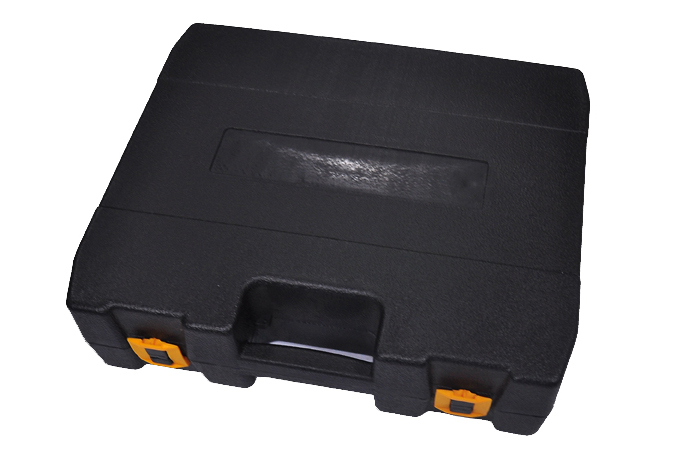What are the types of blow molding? What are the advantages and disadvantages of each
1. Blow molding is the process of inflating and deforming a hollow plastic parison in a highly elastic or plastic state by means of compressed air, and then cooling and shaping to obtain plastic products. The method of processing is called blow molding. According to the type of blow molding products, this processing method can be divided into hollow blow molding and film blow molding. Our company has a place in Shanghai blow molding and Suzhou blow molding.

1. Hollow Blow Molding When hollow blow molding, a hollow plastic parison in a highly elastic or plastic state needs to be placed in a closed blow mold cavity, and then compressed air is introduced into it to force its surface area to expand (blowing). Expansion) and close to the surface wall of the mold cavity, and then after cooling and shaping, a hollow plastic product with a certain shape and size can be obtained. Suitable for all kinds of bottle-shaped and cylindrical plastic containers.
2. Film blow molding Film blow molding is to use an extruder to form molten plastic into a thin-walled tube blank, and then blow compressed air into the tube blank from the center of the machine head, forcing the tube blank to undergo inflation deformation at high temperature and transform into a tubular shape Film (bubble), the bubble tube moves to the rollers under the action of traction and is pressed and stacked, and then passes through the traction roller, the guide roller reaches the take-up roller, and is wound into a film product by the take-up roller, which is suitable for various packaging applications. plastic bag.
2. Blister molding Blister molding is also called vacuum molding, which belongs to the scale of sheet metal forming. It uses a vacuum pump to extract the air in the closed cavity formed by the plastic plate and the mold surface, and then assists the atmospheric pressure to cause the plate to undergo plastic expansion deformation (the surface area is increased and the thickness is reduced), and it is attached to the mold shape. The processing method of converting the surface into plastic products. Blister molding is mainly used for the packaging of products, as well as some parts of daily utensils, instrument shells, toys and household appliances.
Post time: Apr-30-2024
